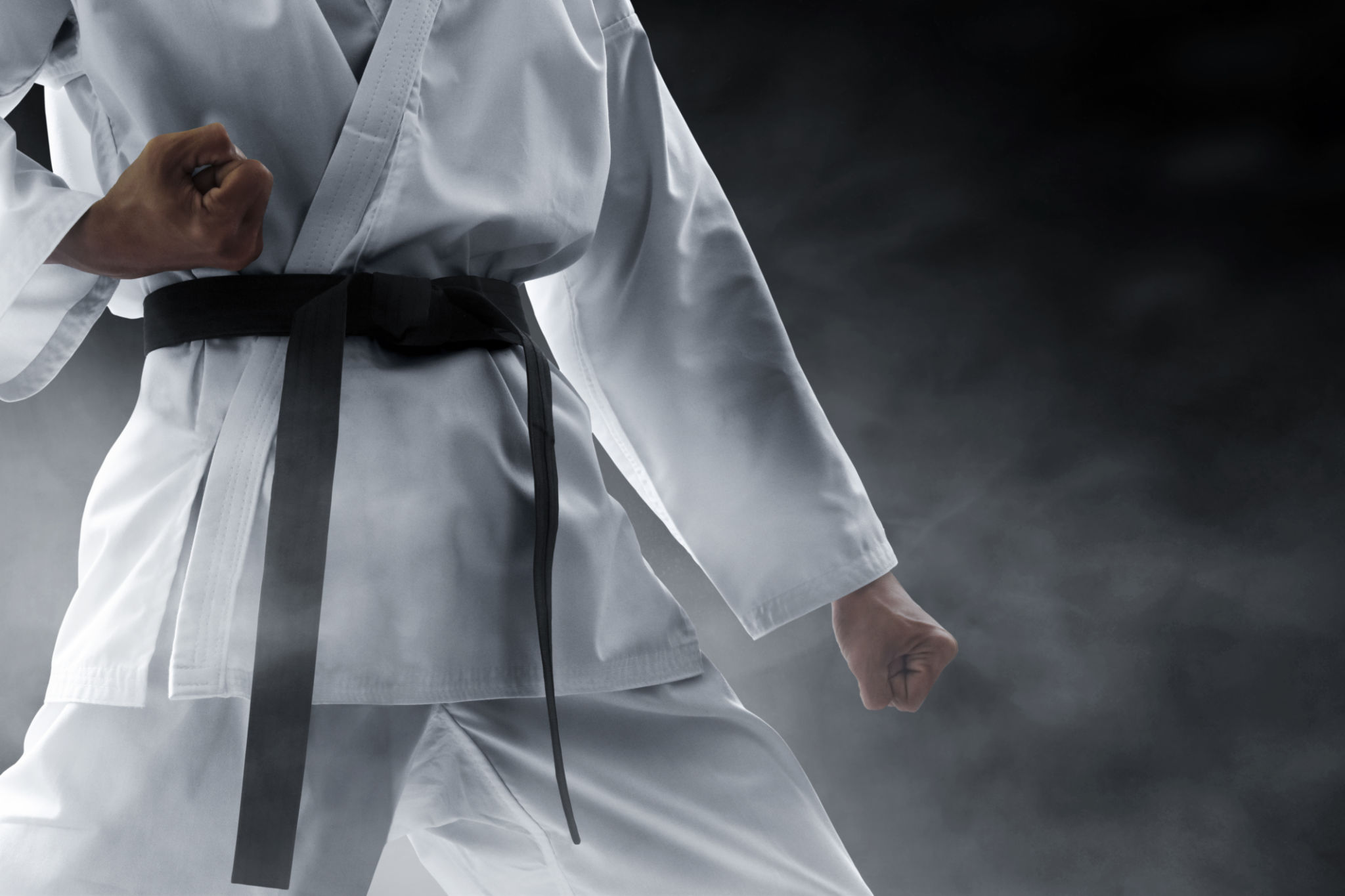How to Choose the Right Martial Art for You: A Comprehensive FAQ
Introduction to Martial Arts Selection
Choosing the right martial art can be a challenging decision, especially with so many styles available. Each martial art offers unique benefits and challenges, and the best choice often depends on personal preferences and goals. This FAQ will help you navigate through the options and find the martial art that suits you best.

What Are Your Goals?
Before diving into specific martial arts, it's essential to define what you hope to achieve. Are you looking to improve your physical fitness, learn self-defense, or perhaps gain more mental discipline? Understanding your goals will narrow down the choices significantly.
For instance, if self-defense is your primary concern, martial arts like Krav Maga or Brazilian Jiu-Jitsu might be ideal. If fitness is your goal, consider Muay Thai or Tae Kwon Do, which offer intense cardiovascular workouts. For mental discipline, traditional arts like Karate or Aikido might be more suitable.
Understanding Different Martial Arts
Striking vs. Grappling
Martial arts can generally be divided into two categories: striking and grappling. Striking arts focus on punches, kicks, and other striking techniques. Examples include Karate, Muay Thai, and Tae Kwon Do. Grappling arts, on the other hand, emphasize throws, locks, and ground control. Brazilian Jiu-Jitsu and Judo are popular grappling styles.

Traditional vs. Modern Styles
Another factor to consider is whether you prefer a traditional or modern martial art. Traditional styles often incorporate elements of history and philosophy, such as Kung Fu or Aikido. Modern styles like Mixed Martial Arts (MMA) often focus more on practical and competitive aspects.
How to Assess Your Physical Condition?
Your current physical condition can also influence your choice. Some martial arts are physically demanding and require high levels of stamina and strength, while others are more gentle and suitable for all ages.
- High-Intensity: Muay Thai, Capoeira
- Moderate-Intensity: Karate, Kickboxing
- Low-Intensity: Tai Chi, Aikido

What Is Your Learning Style?
Consider how you prefer to learn. If you enjoy structured environments with clear hierarchies and progression paths, traditional martial arts with belt systems like Karate and Tae Kwon Do may appeal to you. If you prefer a more fluid learning experience where techniques are constantly evolving, MMA or Jeet Kune Do might be more suitable.
Practical Considerations
Location and Availability
The availability of classes in your area can also be a deciding factor. Research local dojos or gyms to see what is offered nearby. The convenience of location can impact your motivation and consistency in training.

Costs and Equipment
Consider the costs associated with training. Some martial arts may require specialized equipment or uniforms that could add to the expense. Additionally, class fees can vary widely depending on the style and instructor experience.
Conclusion
Selecting the right martial art is a personal journey that involves understanding your goals, assessing your physical condition, and considering practical factors like location and cost. By taking the time to explore different options, you can find a martial art that not only meets your needs but also enriches your life in various ways.
